Unlocking Power: The Art of Pressure Point Techniques in Karate
Introduction
Martial arts are a fascinating blend of art and science, embodying cultural wisdom, physical discipline, and self-defense. Among the various systems of martial arts, Karate stands out for its blend of striking, forms, and the strategic use of pressure point techniques. Understanding and applying these techniques can unlock tremendous power and effectiveness in one’s martial arts practice. This article explores the principles, practices, and applications of pressure point techniques in Karate.
The Essence of Pressure Points
What Are Pressure Points?
Pressure points, or “kyusho” (急所) in Japanese, refer to specific areas of the body that, when struck or pressed, can yield significant effects on the target. These effects can range from pain to incapacitation, depending on the point targeted and the method of application. The underlying anatomy includes nerves, blood vessels, and muscle groups that can be manipulated for tactical advantage.
Historical Perspective
The concept of utilizing pressure points for combat is not unique to Karate; it has roots in traditional Chinese medicine and martial arts. Ancient practices like acupuncture have long recognized the body’s meridians and how manipulating these can affect health and physical ability. Karate masters have integrated this knowledge over centuries, adapting it to their specific fighting styles.
The Science Behind Pressure Points
Pressure point techniques engage the neuromuscular system, making them effective for controlling and incapacitating opponents. When pressure is applied to certain points, it can cause reflexive responses such as pain, loss of balance, or involuntary muscle contractions. Understanding the interaction between the nervous system and pressure points is vital for practitioners to maximize the effectiveness of these techniques while ensuring safety in training.
Pressure Point Techniques in Karate: An Overview
1. Targeting Pressure Points
Effective utilization of pressure points requires precise targeting. Below are some common pressure points often addressed in Karate:
-
Neck (Cervical Vertebrae): Strikes to this area can disrupt nerve signals and cause temporary incapacitation.
-
Solar Plexus: A hit to this point can knock the wind out of an opponent and cause considerable pain or disorientation.
-
Under the Arm (Axilla): This sensitive area can be exploited to control an opponent’s movements.
-
Knee and Elbow Joints: Targeting these can cause pain and instability, leading an opponent to lose balance.
2. Application of Pressure Point Techniques
Practice in Karate incorporates katas (forms), sparring, and drills focused on the application of pressure point techniques. Some of these include:
-
Kata Applications: Many traditional katas incorporate movements that align with pressure point techniques. Understanding these movements fosters greater instinctive responses during actual combat.
-
Controlled Sparring: Practitioners engage in controlled sparring sessions that allow for the practice of striking and controlling pressure points in a realistic yet safe scenario.
-
Self-Defense Drills: Practicing self-defense scenarios that emphasize pressure points helps practitioners build the confidence to employ these techniques effectively.
3. Integrating Pressure Points with Other Techniques
Integrating pressure points into broader Karate techniques requires understanding how different strikes, blocks, and movements set up opportunities to manipulate these points effectively. This requires:
-
Effective Timing: Knowing when and how to strike or apply pressure is crucial.
-
Distance Management: Maintaining optimal distance allows practitioners to close in when necessary without compromising their own safety.
-
Fluidity in Transition: Moving seamlessly from one technique to another enhances the execution of pressure point strikes.
The Training Process
1. Learning the Basics
Before diving into advanced pressure point techniques, practitioners must develop a strong foundation in Karate basics, including stances, strikes, kicks, and fundamentals. This foundation allows for:
-
Improved Body Mechanics: Proper stance and movement enhance the effectiveness of pressure point techniques.
-
Understanding of Kyusho: Familiarity with anatomy and the function of pressure points can significantly improve technique efficacy.
2. Focused Drills
Using drills explicitly focusing on pressure points helps practitioners become adept at recognizing opportunities for application. These drills include:
-
Partner Drills: Working with a partner helps reinforce correct targeting, timing, and pressure application. Both partners learn to give and receive controlled pressure point strikes.
-
Shadow Fighting: Practicing solo movements can help internalize techniques without the need for a partner, allowing for a deeper understanding of movement flow.
3. Sparring with Intention
Sparring sessions should include specific goals focusing on incorporating pressure point techniques. This could entail:
-
Scenario-Based Sparring: Creating specific scenarios where pressure points must be utilized can enhance situational awareness.
-
Feedback Sessions: Post-sparring discussions allow practitioners to analyze what pressure points were effective and how to improve their targeting.
Practical Applications of Pressure Point Techniques
Self-Defense
The most critical advantage of understanding pressure points in Karate is its application for self-defense. For instance:
-
De-escalation: Pressure point techniques can be applied without excessive force, allowing for control while minimizing harm.
-
Quick Neutralization: By knowing how to apply pressure points, practitioners can neutralize threats rapidly and efficiently.
Combat Sports
In competitive environments, such as tournaments, pressure points can offer a strategic edge:
-
Point Scoring: Certain pressure point strikes can incapacitate opponents momentarily, allowing for point scoring.
-
Game Strategy: Practitioners can employ feints or fake strikes to expose pressure points, allowing for effective follow-up techniques.
Holistic Practice
Pressure points can also be integrated into holistic health practices:
-
Healing and Recovery: Knowledge of kyusho can aid in recovery and rehabilitation through targeted pressure point stimulation.
-
Mindfulness and Focus: Training with an emphasis on pressure points allows practitioners to develop greater focus and awareness, beneficial for both martial arts and daily life.
Developing Mastery in Pressure Point Techniques
Advanced Training Methods
Achieving mastery in pressure point techniques involves rigorous training and continuous learning. Some elements include:
-
Cross-Training with Other Martial Arts: Engaging in practices such as Jiu-Jitsu or Aikido that also employ pressure points can diversify skill sets.
-
Workshops and Seminars: Participating in specialized clinics focusing exclusively on pressure point techniques enhances understanding and application.
Mentorship and Study
Learning from experienced practitioners can provide valuable insights. Engaging in mentorship relationships fosters:
-
Personalized Guidance: Tailored instruction can address individual challenges and help refine techniques.
-
Broader Understanding: Insights into the historical and philosophical aspects of pressure points can deepen appreciation and application in practice.
Continuous Reflection
Finally, self-reflection is critical for growth. Maintaining a training journal can help document:
-
Progress: Tracking improvements and setbacks allows for targeted focus on areas needing development.
-
Experiences: Documenting sparring experiences helps identify effective versus ineffective techniques.
Conclusion
Pressure point techniques in Karate represent a fascinating intersection of anatomy, strategy, and artistry. By unlocking the power inherent in these techniques, practitioners can significantly enhance their martial arts efficacy, whether for self-defense, competition, or holistic well-being. Mastery involves understanding the fundamentals, engaging in deliberate practice, and maintaining a commitment to lifelong learning. The art of pressure point techniques is not merely a collection of actions; it embodies the principles of focus, responsibility, and respect that lie at the heart of Karate.
References
-
Hoffman, J. (2018). The Anatomy of Karate: A Comprehensive Study of Pressure Points and Techniques. New York: Martial Arts Publishing.
-
Smith, R. (2020). Kyusho: The Science of Pressure Points in Martial Arts. Tokyo: Eastern Arts Press.
-
Tanaka, M. (2019). Mastering Karate Pressure Points: Techniques for Effectiveness and Control. Osaka: Budo Books.
-
Lee, K. (2021). The Healing Power of Pressure Points: Integrating Martial Arts with Medicine. San Francisco: Wellness Press.
-
Matsumoto, T. (2017). From Kata to Sparring: Practical Applications of Pressure Points in Karate. Kyoto: Warrior’s Path.
By understanding and incorporating the principles outlined in this article, practitioners can effectively harness the power of pressure points, embodying the true spirit of Karate while achieving personal growth and development.







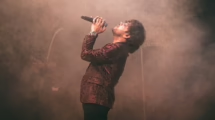


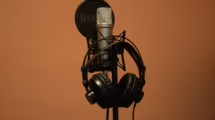




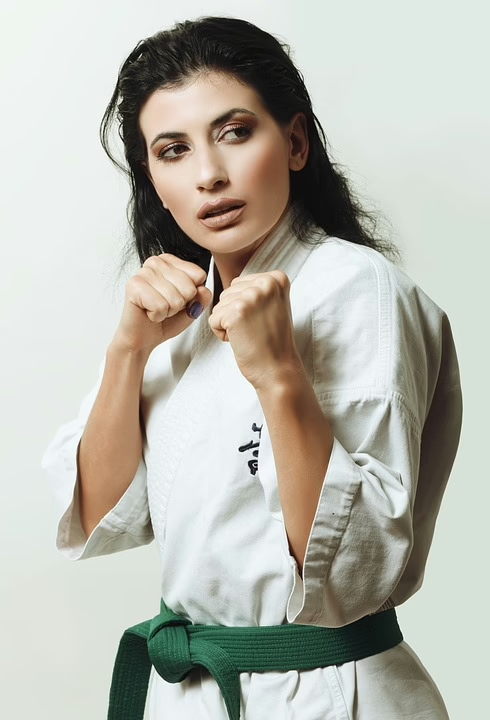
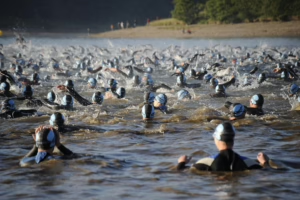

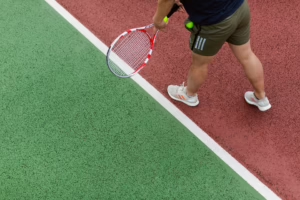


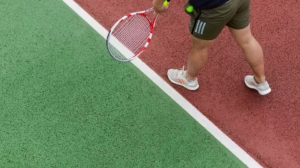




Add Comment